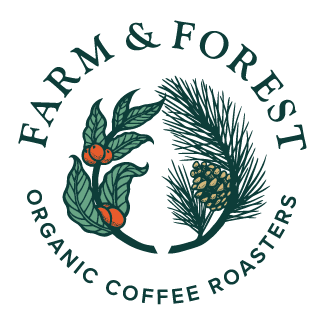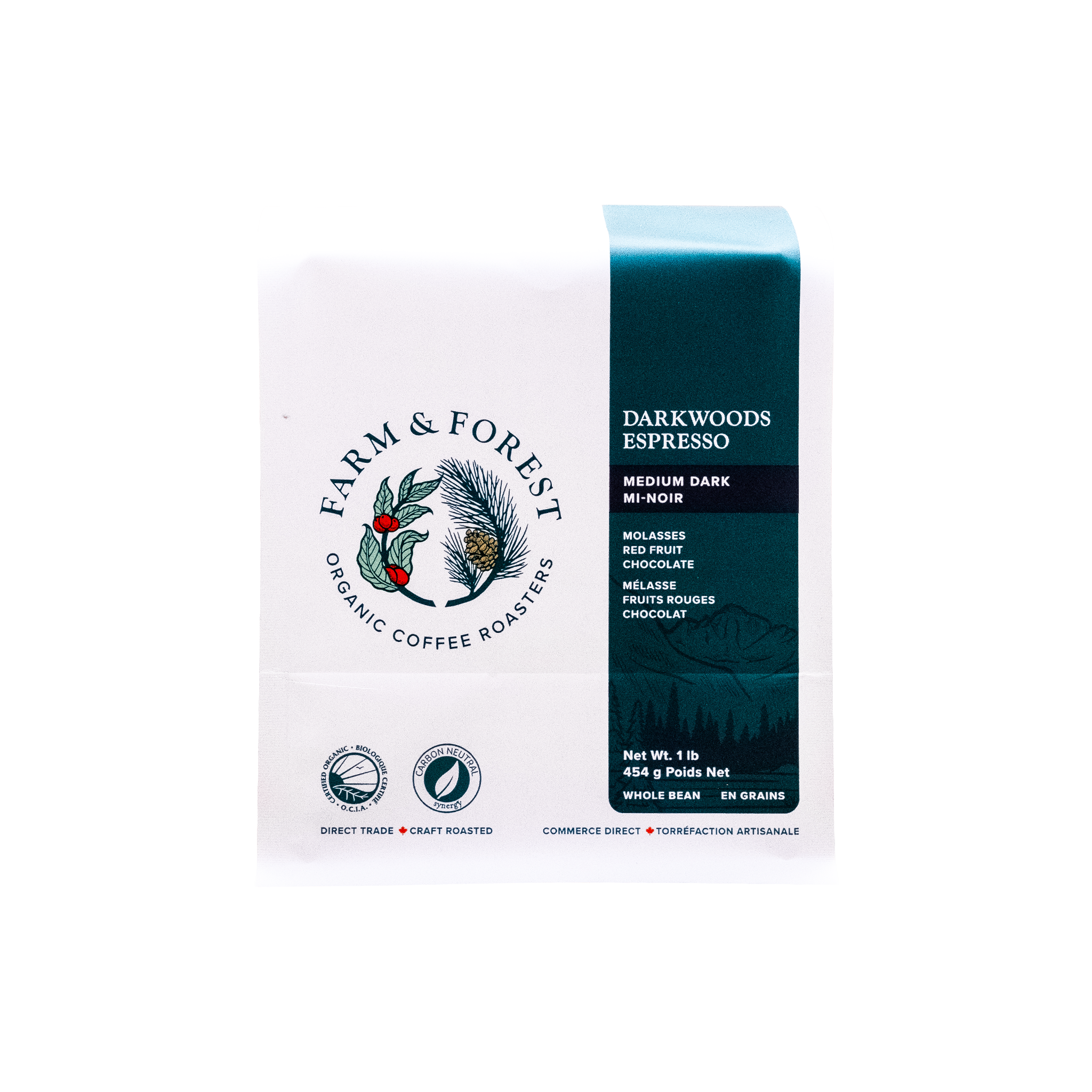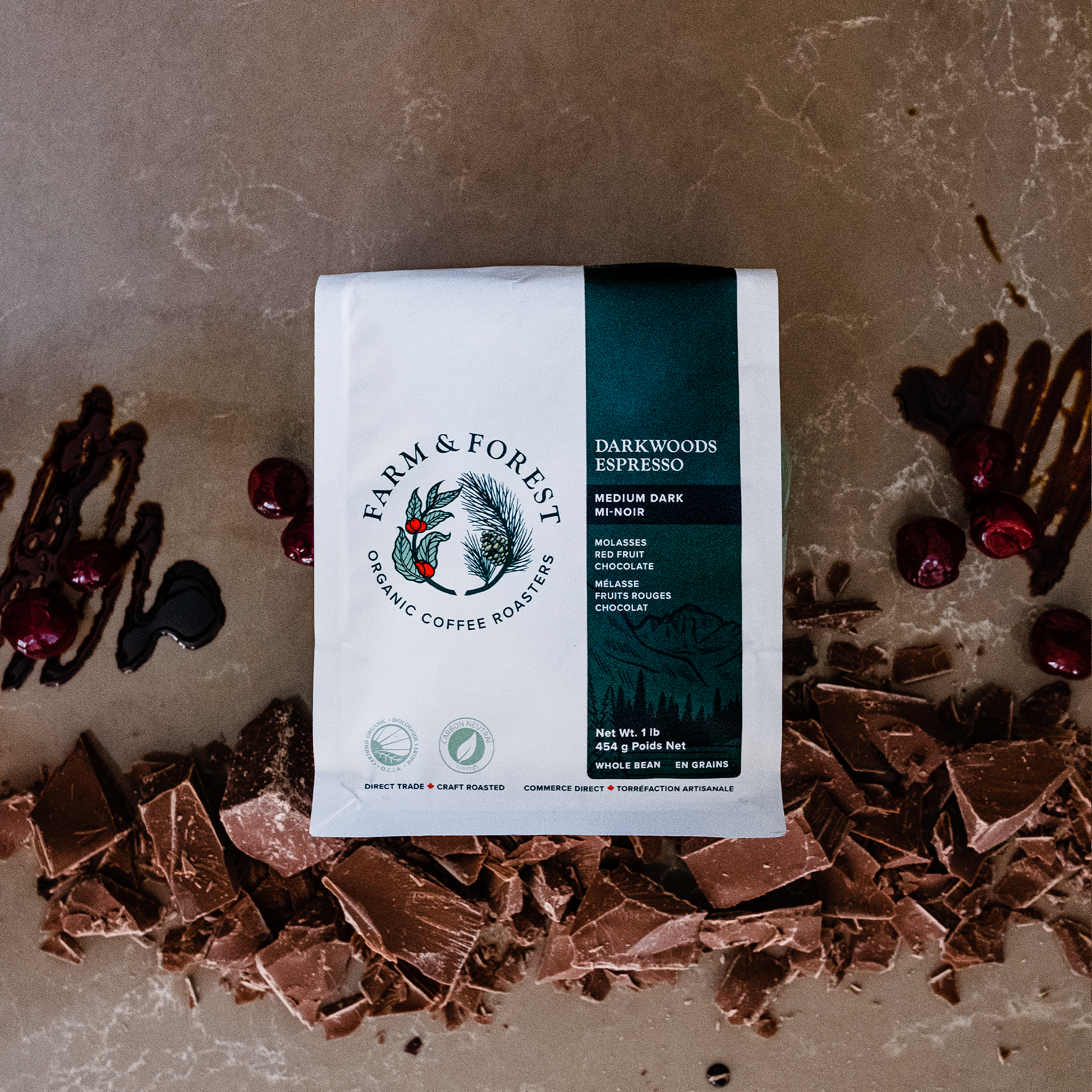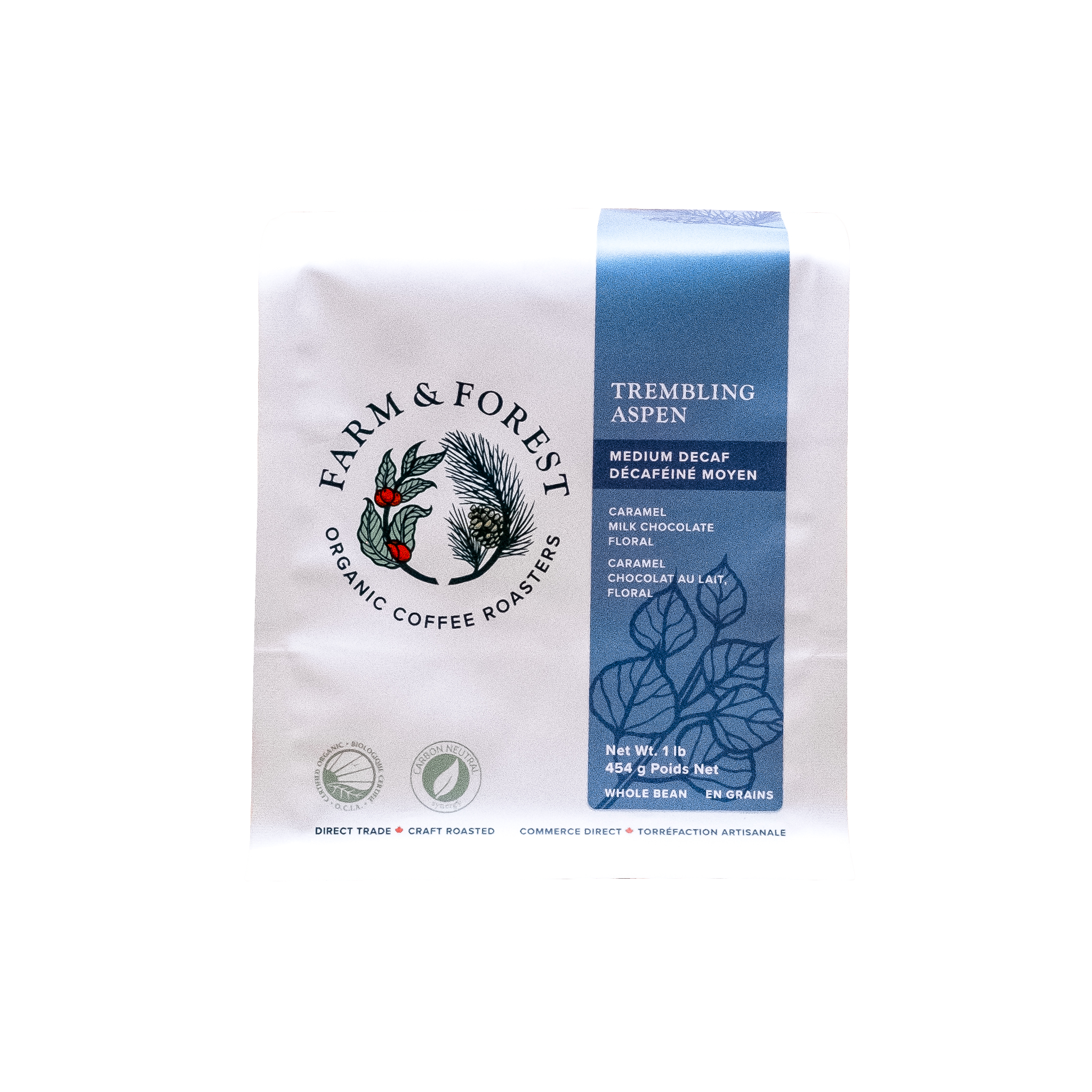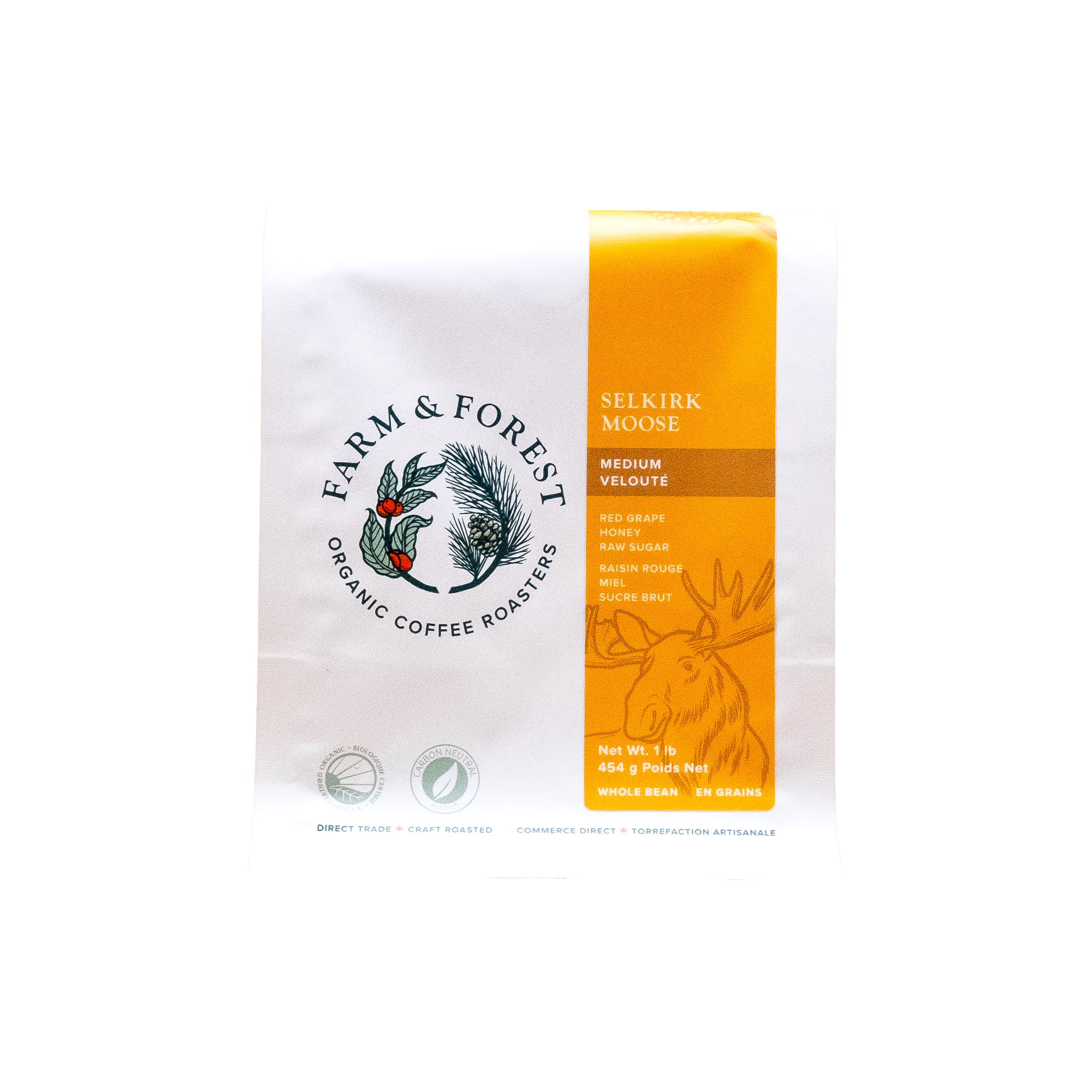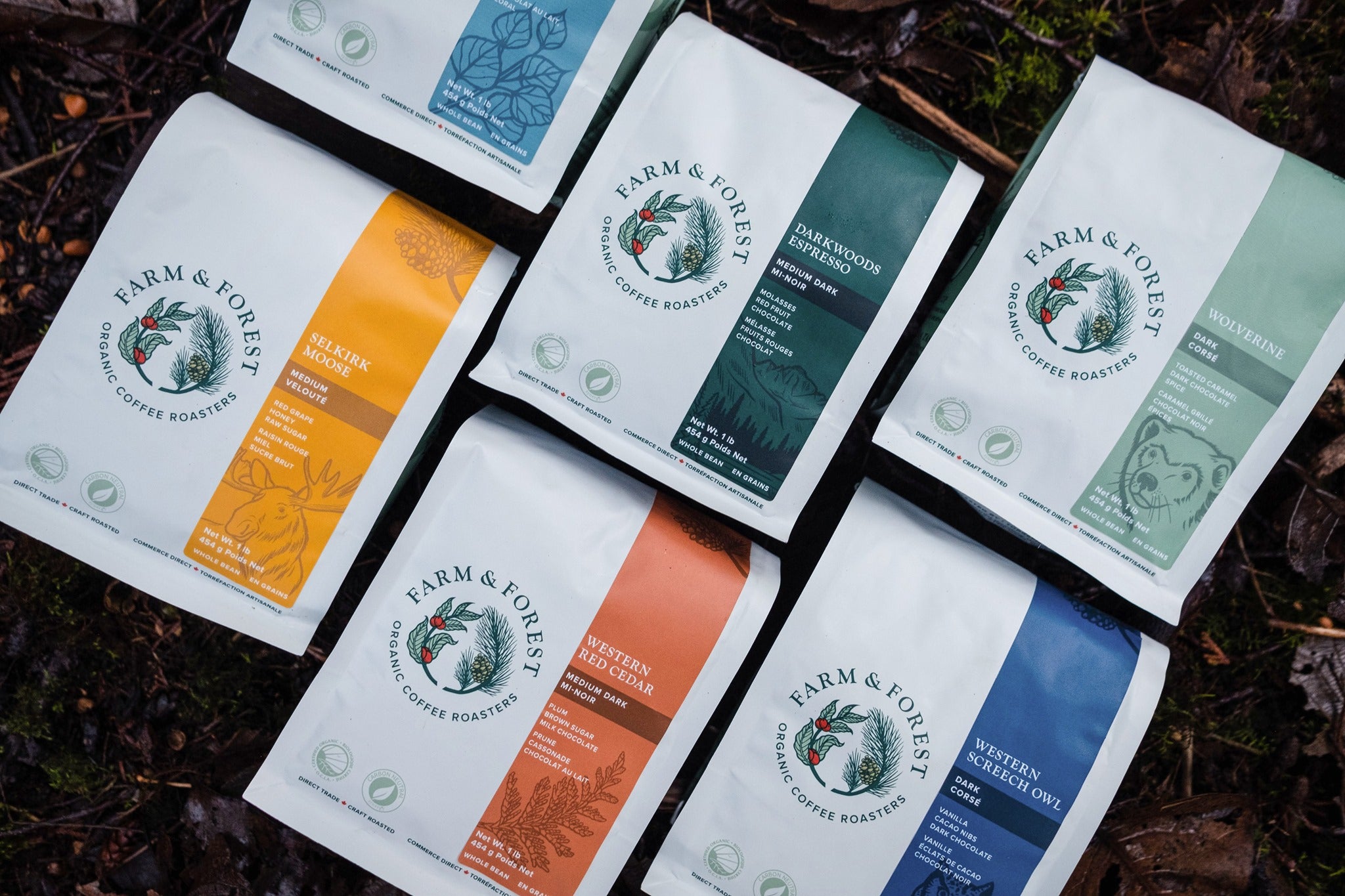Coffee-to-water ratio, how much water to use for each coffee brewing method?
The coffee-to-water ratio is a crucial factor that shapes the taste and strength of your daily brew. It serves as the key to unlocking the nuanced flavors hidden within your coffee grounds, impacting the overall balance of your cup. Too much or too little coffee to water can lead to either a bitter, overpowering taste or a weak, lackluster brew.
We will unravel the significance of the coffee-to-water ratio and provide insights into how it shapes your coffee experience. From the simplicity of drip coffee makers to the precision of pour-over methods, we'll guide you through the recommended ratios for various brewing techniques, empowering you to craft a cup that suits your unique preferences. In this article we’ll cover:
-
What is the coffee-to-water ratio?
-
Drip coffee maker water to coffee proportions
-
French Press water to coffee ideal ratio
-
Pour over water to coffee proportions
-
Espresso water to coffee ratio
-
Cold brew water to coffee ratio
-
How water can influence the flavour of your coffee
-
Coffee-to-water ratio FAQs
What is the coffee-to-water ratio?
The coffee-to-water ratio is a fundamental concept in brewing that dictates the proportion of coffee grounds to water, playing a pivotal role in the flavor and strength of the final cup.
Precision in measuring this ratio is essential for achieving a consistent brew, ensuring that each cup reflects the desired taste profile. Factors influencing the ideal ratio include the type of coffee beans used and their unique flavor characteristics, as well as the grind size, which affects the surface area of the coffee exposed to water during extraction. Balancing these variables with precision allows coffee enthusiasts to tailor their brewing process, unlocking the full spectrum of flavors and ensuring a consistently delightful coffee experience.
Drip coffee maker water to coffee proportions
For drip coffee makers, the recommended coffee-to-water ratio typically falls within the range of 1:15 to 1:17, meaning 1 part coffee to 15-17 parts water. This ratio strikes a balance, producing a flavorful yet not overly concentrated brew.
However, personal preferences play a significant role, and you may choose to adjust the ratio based on your taste preferences. If you are craving a bolder cup, you may opt for a higher coffee-to-water ratio, but if your preference is a milder flavor you should lean towards the lower end.
A common mistake you can avoid while using a drip coffee maker is using stale or improperly stored coffee beans, which can significantly impact the flavor. Ensure you're using fresh, high-quality coffee beans. Additionally, not cleaning the coffee maker regularly can result in residual oils and coffee particles affecting the taste. Regular maintenance and cleaning are essential. Lastly, calibrating your grinder to the appropriate drip coffee setting is vital to control extraction. By addressing these considerations and experimenting with the ratio to suit your taste, you can elevate your drip coffee experience to new heights.
French Press water to coffee ideal ratio
In French press brewing, the recommended coffee-to-water ratio typically hovers around 1:12 to 1:15, meaning 1 part coffee to 12-15 parts water. This ratio tends to produce a fuller-bodied and robust cup of coffee. Always keep in mind your preference and test the ideal scenario with slightly higher or lower ratios.
The steeping time in a French press is a critical factor influencing the final flavor. The standard steeping time is around 4 minutes, during which the coffee grounds interact with hot water to extract flavors. Adjusting the steeping time can alter the intensity of the brew – a longer steeping time often results in a more robust flavor, while a shorter steeping time may yield a milder cup.
To troubleshoot and achieve the desired strength in French press brewing, consider factors such as grind size. Finer grinds can lead to over-extraction and a bitter taste, while coarser grinds might result in under-extraction and a weak brew.
Pour over water to coffee proportions
In pour-over coffee brewing the recommended coffee-to-water ratio is typically in the range of 1:15 to 1:17. However, specific pour-over methods may have their nuances. For Chemex, a ratio of around 1:15 is common, while Hario V60 ratios closer to 1:16 seem ideal. These ratios strike a balance, allowing for a flavorful and well-extracted cup.
If you want to reach the perfect pour-over brew, here are some simple steps:
1. Measure the coffee: Start by measuring your coffee grounds based on the chosen ratio. For example, if using a 1:15 ratio, use 1 gram of coffee for every 15 grams of water.
2. Grind the coffee: In this method grinding the coffee beans to a medium coarseness resembling sea salt can result in optimal flavour extraction.
3. Pre-wet your paper filter: If you rinse the paper filter in the pour-over cone with hot water you’ll diminish the paper taste that could go to your coffee, and preheating the vessel is always helpful to keep the ideal temperature.
4. Add the coffee and allow it to bloom: Place the coffee grounds in the filter, then pour a small amount of hot water (about double the coffee weight) evenly over the grounds. Allow it to bloom for 30 seconds to allow gases from the beans to escape.
5. Pouring Technique: Pour water evenly in a spiral motion over the coffee grounds, maintaining a consistent flow. If you avoid pouring directly onto the filter you can reach an even extraction.
6. Controlled Pouring: Adjust the water pour rate to control the overall brewing time. Aiming for a total brew time of 2.5 to 4 minutes.
7. Fine-Tuning the Ratio: Taste your brew and adjust the ratio in future attempts based on your preferences. If the coffee is too strong or weak, tweak the ratio slightly and note the changes in flavor. Keeping notes of your experiments is very helpful to be consistent.
By following these steps and fine-tuning the coffee-to-water ratio, you can tailor your pour-over brewing experience to achieve a personalized and delightful cup of coffee.
Espresso water to coffee ratio
In espresso brewing, maintaining a coffee-to-water ratio of 1:1 to 1:2, with a common balance at 1:2, is key to crafting a rich and concentrated shot.
You also need to maintain a consistent grind size as it plays a critical role in the final flavour, with a fine consistency ensuring proper extraction during the brief brewing process.
Striking the right balance between strength and flavor involves experimenting with a dose of 18-20g, and aiming for an extraction time of 25-30 seconds.
Regularly tasting and adjusting helps avoid the pitfalls of under-extraction, characterized by a sour taste, or over-extraction, which can result in bitterness. Mastery of these elements ensures a consistently delightful and personalized espresso shot.
Familiarize yourself with your espresso machine's settings. Some machines have a built-in grinder and programmable options for dose and extraction time. Others may require manual adjustments.
Cold brew water to coffee ratio
In the realm of cold brew coffee, achieving the perfect balance between strength and flavor begins with understanding the recommended coffee-to-water ratio. Typically falling in the range of 1:4 to 1:8, this ratio reflects the unique nature of cold brew extraction, where a higher concentration is initially created through an extended steeping process before dilution.
The coarsely ground coffee beans undergo a prolonged immersion in cold or room temperature water, extracting rich and smooth flavors without the bitterness associated with traditional hot brewing methods.
To embark on the journey of crafting a stellar cold brew, start with coarsely ground coffee and combine it with cold or room temperature water in a spacious container. Stir thoroughly to ensure even saturation, and let the concoction steep for 12 to 24 hours. The extended steeping time allows the coffee to impart its full spectrum of flavors into the water, resulting in a potent concentrate that forms the base of the cold brew.
Upon completing the steeping process, strain the coffee concentrate to remove the grounds, leaving behind a liquid canvas of concentrated coffee goodness. When it comes time to serve, the final step involves dilution. Experiment with different ratios, typically starting with 1 part coffee concentrate to 1-2 parts water or milk, adjusting according to your preferences. This flexible dilution process ensures that you can tailor your cold brew to strike the perfect chord between strength and flavor, delivering a refreshing and harmonious coffee experience tailored to your liking.
How water can influence the flavour of your coffee
If you are studying the best proportion of water and coffee, you also need to know that the water you use to brew can make a huge difference in the final flavour of your next coffee cup.To guide you throught this discovery, we prepared a full article for you to read next:
This article delves into the intricate relationship between water composition and coffee, exploring key factors such as mineral content, pH levels, and temperature. We'll dissect the impact of filtered versus tap water, discuss various purification methods, and address FAQs to demystify the profound influence of water on coffee flavor. Join us in uncovering the secrets behind the scenes, where water transforms into a crucial maestro in the symphony of coffee flavors. << Learn More >>
Coffee-to-water ratio FAQs
What is the recommended coffee-to-water ratio for espresso brewing?
The recommended coffee-to-water ratio for espresso brewing is typically 1:1 to 1:2, with a common balance at 1:2.
What is the ideal coffee-to-water ratio for pour-over methods like Chemex or Hario V60?
The ideal coffee-to-water ratio for pour-over methods varies but generally falls between 1:15 to 1:17. For Chemex, a ratio around 1:15 is common, while Hario V60 enthusiasts often prefer ratios closer to 1:16.
How does water temperature affect the flavor of coffee in cold brew?
In cold brew, water temperature influences extraction; a coarser grind with cold or room temperature water, steeped for 12 to 24 hours, results in a concentrated coffee extract.
What's the significance of the coffee-to-water ratio in drip coffee makers?
Drip coffee makers typically work well with a coffee-to-water ratio of 1:15 to 1:17, offering a balanced and flavorful brew. Adjusting the ratio allows customization based on personal preferences.
How can I achieve the perfect balance between strength and flavor in my espresso shot?
Achieving the perfect balance in espresso involves adjusting factors like grind size, dose, and extraction time. Aim for a 1:2 coffee-to-water ratio, experiment, and regularly taste your shots for optimal results.
